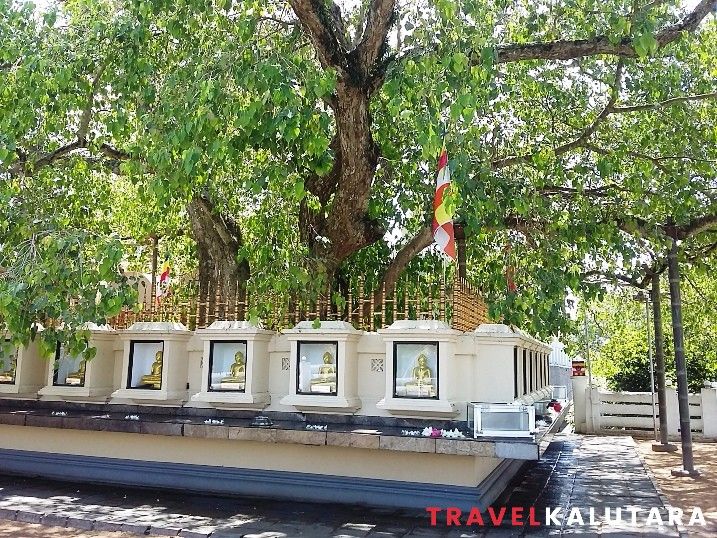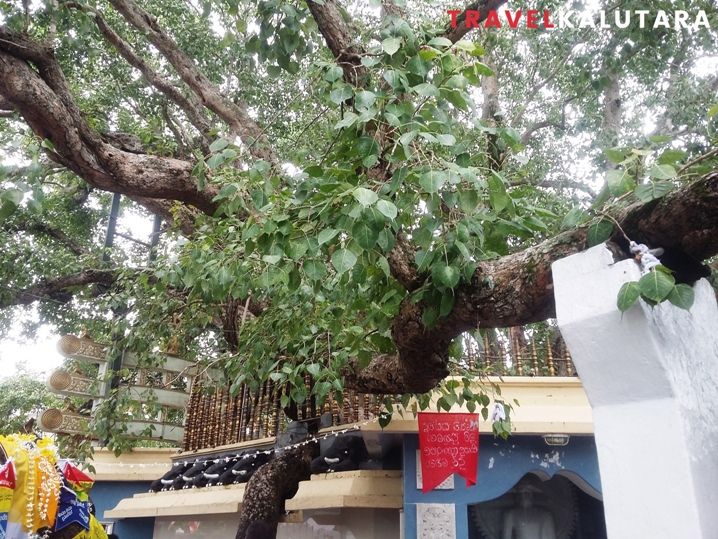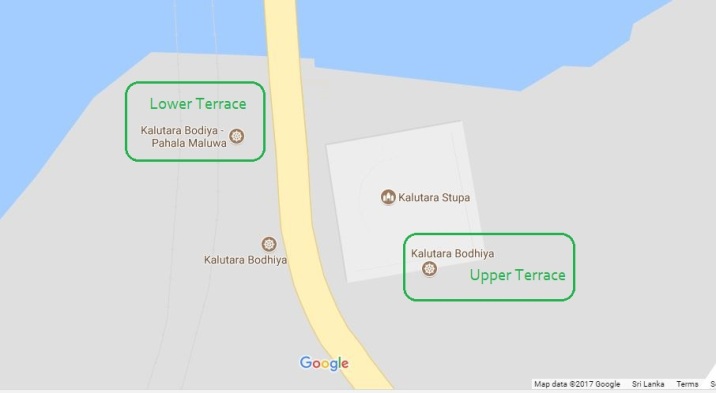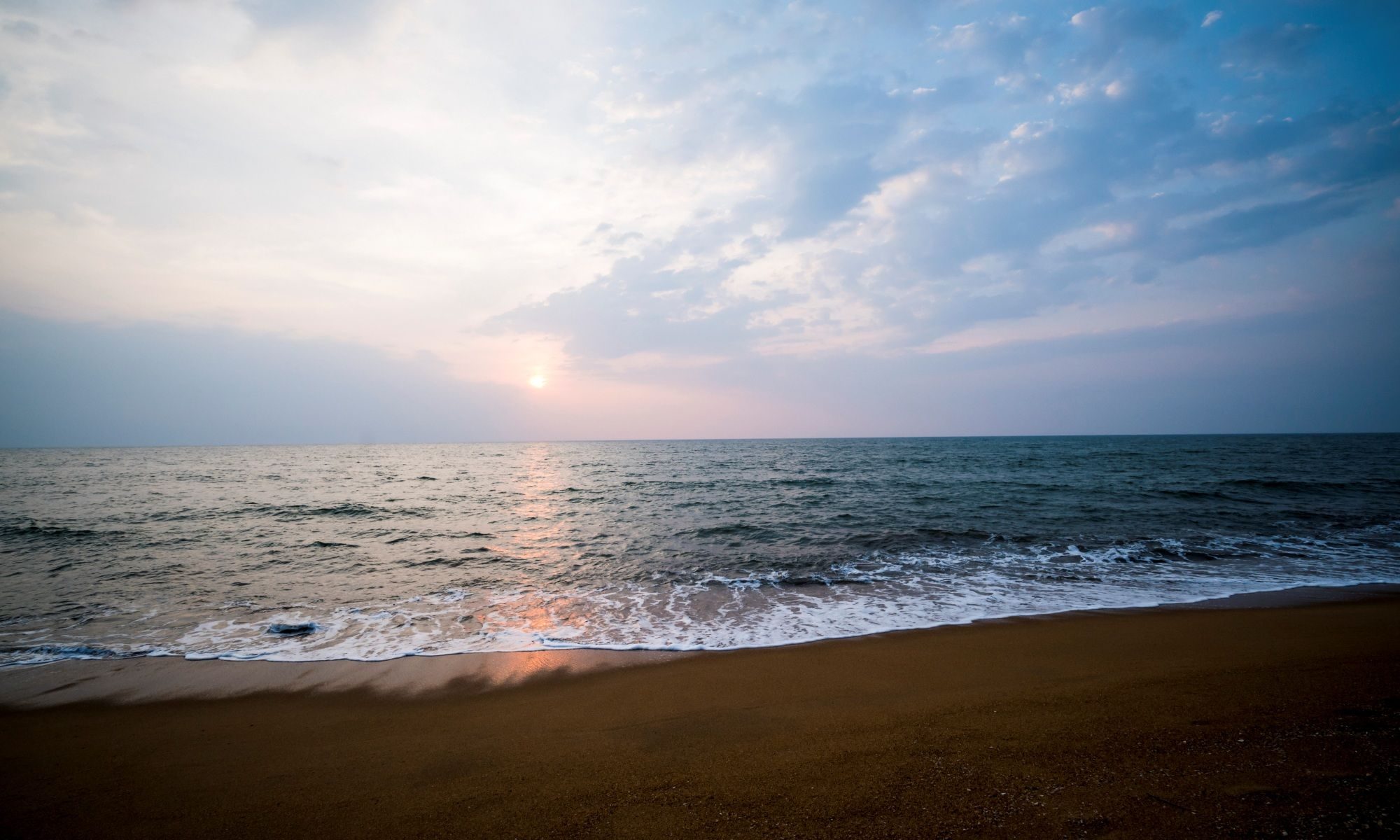Much venerated and respected by the Sri lankan people, The Kalutara Bodhiya has a long and proud history. Read along to take a journey through time.
Fact : There are two Bodhi trees. One is in the upper terrace beside the Chaithya and the one is located next to the Galle road. (lower terrace)



Here is the story of Kalutara Bodhiya in brief
Spread of Buddhism
In the 2nd century B.C, Buddhism was booming in Sri Lanka and the pioneer of introducing Buddhism to the country, Arahath Mahinda Thero had instructed King Devanampiya Tissa to plant 32 saplings of sacred Jaya Sri Maha Bodhi tree in Anurudhapura all over the country.
Kalutara is said to be one of them. This Bodhi tree is currently located on the upper terrace next to the Kalutara Chaithya (Stupa).
The Vickrama Pandya
In 1052 A.D a Pandyan prince (An ancient Tamil dynasty in southern India) named Vickrama Pandya selected Kalutara as his capital and ruled about a year. In his time he ventured to plant one of the saplings from Kataragama Ashtapalaruka Bodhi in his palace garden.
This is one of the eight Bodhi trees originated from the original Sri Maha Bodhi sapling that was brought to Sri Lanka by Arahat Sangamittha theri. In case you’re wondering, Sri Maha Bodhiya in India, which all these Bodhi trees stem from, is the one Lord Buddha sat under to attain Enlightenment.
A sapling of this Bodhi Tree was later planted in the higher ground next to the river facing the sea which is now much venerated and celebrated as the Kalutara Bodhi and has become one of the well-known places to visit in Kalutara.
Portuguese in 1505 AD conquered the Island’s coastal areas and proceeded to make Kalutara as one of their strongholds. In their wake, Dutch and British continued to use the ground for their encampments and housings for officials.
Attempts to uproot
The worst threat to the Bodhi Tree came in 1877, when the English governor at that time in his efforts to extend the southern railway from Moratuwa to Kalutara found that the Bodhi tree was an obstruction to the proposed bridge.
But the devoted Sinhalese were having none of it. They flocked to the Kalutara with weapons they could find and rioted against the destruction of the tree. After the failed attempts to circumvent the riot by the police, the queen of England had decreed to conserve all Buddhist properties in the country.
Legal Authority
The bodhi trust was established in 1951 to manage the development activities and all the land around the Bodhi Tree was entrusted to the trust and they undertake all the development and conservation of Bodhi trees and Kalutara Chaithya. If when you visit the temple you’ll see their work is very transparent and organized.
Related Articles
Discovering the Kalutara Bodhiya – A Sacred Tree Rooted in History
References
Katupotha, Jinadasa. (2011). Cultural and Historical Monuments and Protected Resources of Archaeological Significance in the Lower Kalu Ganga Basin, Sri Lanka. . 10.13140/RG.2.1.1777.9682. [source]

